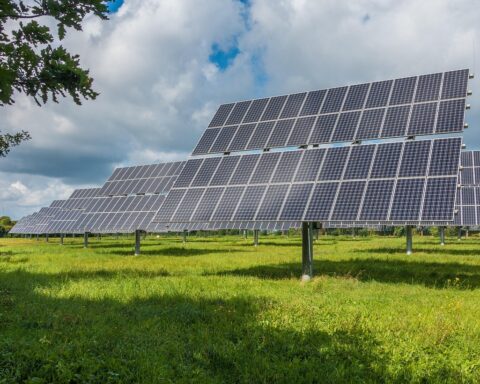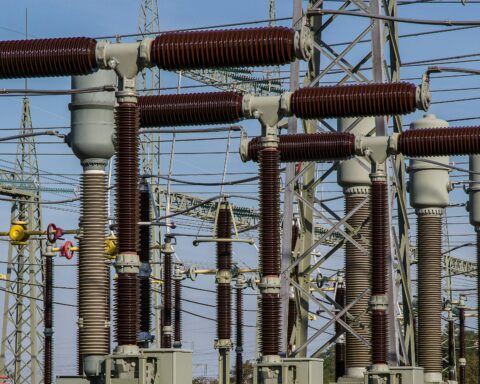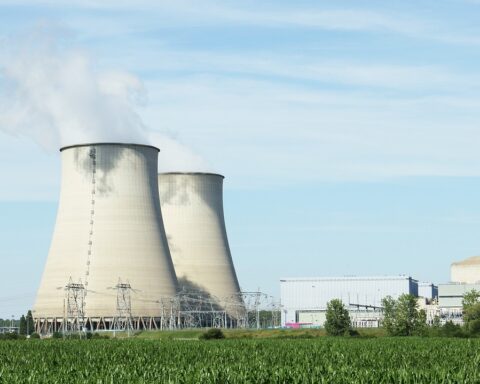The Department of the Interior has released a final rule from the Bureau of Land Management on a plan to curb excessive methane emissions from oil and gas production on federal and tribal land.
The final rule modernizes regulations that are more than 40 years old, requiring oil and gas companies to find and fix leaks while paying royalties to taxpayers and tribal mineral owners, the DOI said.
The rule is separate from an EPA final rule issued in December 2023.
The BLM rule is expected to generate more than $50 million in additional natural gas royalty payments each year to the federal taxpayer and tribal mineral owners, while conserving billions of cubic feet of gas that might otherwise have been vented, flared or leaked from oil and gas operations.
The gas that is conserved will be available to power American homes and industries, the DOI said.
“By leveraging modern technology and best practices to reduce natural gas waste, we are taking long-overdue steps that will increase accountability for oil and gas operators and benefit energy communities now and for generations to come,” DOI Secretary Deb Haaland said.
Since the 1980s, as the pace of oil and gas development on public lands has rapidly expanded, the percentage of natural gas lost to venting (the intentional release of natural gas) and flaring (the burning of vented natural gas) has more than doubled, the DOI said.
Between 2010 and 2020, the total venting and flaring reported by federal and Indian onshore lessees averaged approximately 44.2 billion cubic feet per year, enough to serve more than 675,000 homes.
The final rule responds to a series of U.S. Government Accountability Office reports highlighting revenue lost due to BLM regulations.
The DOI said the new rule is consistent with the $369 billion Inflation Reduction Act, which was passed in 2022 and aims to reduce carbon emissions by 40%. Under the law’s Methane Emissions Reduction Action Plan, companies who report carbon emissions of more than 25,000 metric tons began paying $900 per ton for their methane output this year. Companies will pay $1,200 more in 2025 and $1,500 in 2026 and beyond.














